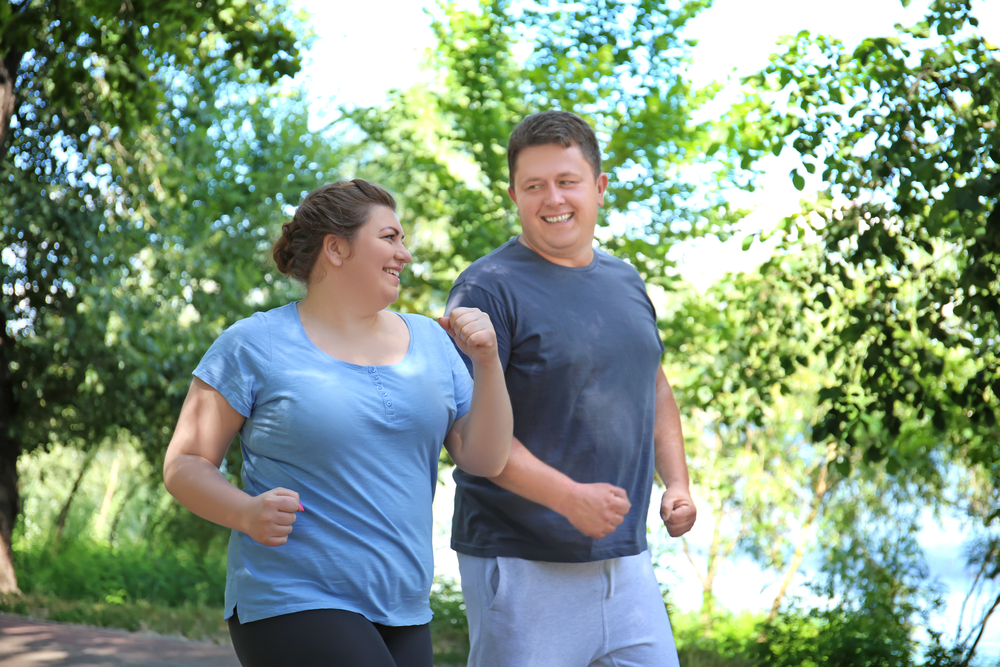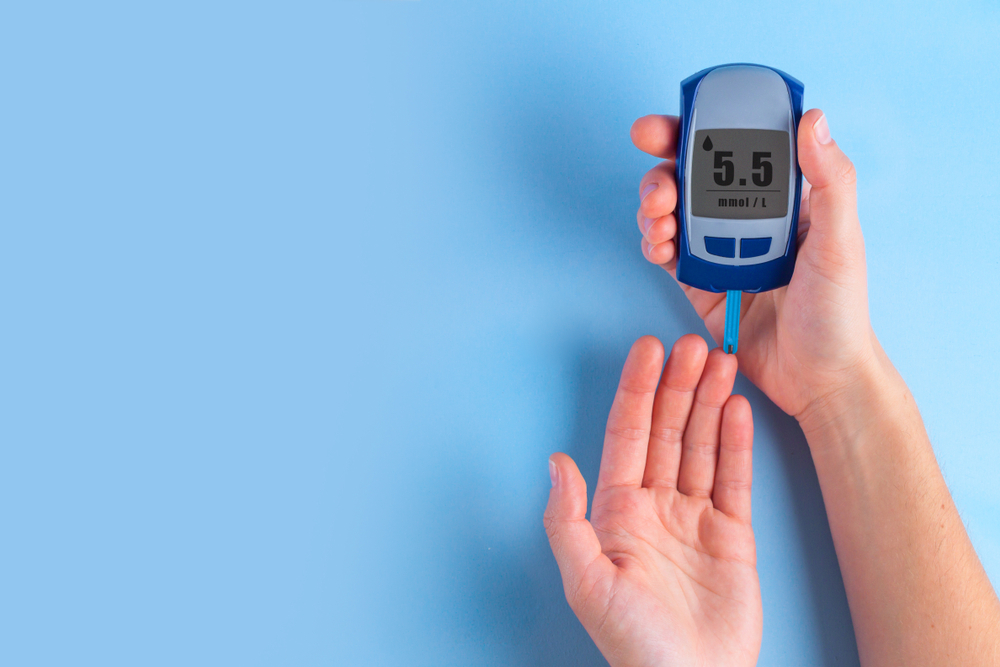Exercise for Diabetes
Exercise plays a vital role in the prevention and management of diabetes. Together with a healthy diet and lifestyle, exercise can significantly improve quality of life for a person living with diabetes and help to reduce the risk of any health complications that are associated with diabetes.


What are the benefits of managing my diabetes through exercise?
• Improved blood glucose control – Exercise can assist the body in managing blood glucose levels. First of all, glucose is taken up by the working muscles which are contracting when physically active. Secondly, with regular exercise, the body creates more “deposit sites” in the muscle where glucose can enter and be stored.
• Lower medication use – Medications for diabetes can have side effects including increased risk of hypoglycaemic episodes and weight gain. With improved blood glucose control, exercise can help reduce the reliance on medications to manage diabetes.
• Reduced risk of progressing to insulin dependent diabetes – For patients with type 2 diabetes, the pancreas wears out over time and stops producing insulin. For most patients this will occur five to ten years after diagnosis. About half of people with type 2 diabetes will commence insulin within ten years of being diagnosed. When this happens, patients need to start injecting insulin to replace what the body is unable to produce.
• Reduced risk of diabetes related complications – Reduced risk of diabetes-related health conditions that are associated with elevated blood glucose levels, such as eye problems, kidney disease and foot ulcers.
What are the other benefits of exercise?
1. A healthier heart: The heart is a muscle that needs exercise to stay healthy. It adapts to exercise by becoming more efficient at pumping blood around our body. Exercise also keeps arteries and blood vessels that carry that blood more flexible to promote good circulation.
2. Stronger bones: Exercise, particularly weight bearing physical activity and resistance training, can increase bone mineral density to reduce the risk of, or help in the management of, osteoporosis and osteopaenia.
3. Increased support for joints: Carefully selected exercise can increase the strength and flexibility of the muscles that surround the body’s joints.
4. Improved mental health: Exercise and keeping fit can lift mood, improve sleep patterns, increase energy levels, as well as help manage feelings of stress, anxiety and depression. Exercise can change the levels of specific chemicals within the brain, lowering stress hormones and raising other “feel-good” hormones including endorphins and serotonin.
5. A healthier weight and waistline: Exercise can assist in weight loss or maintaining a healthy weight. Weight management plays an important role in preventing and managing lifestyle-related diseases such as diabetes.


Is exercise safe for people with diabetes?
• For the vast majority of people, including most of those with diabetes and other chronic conditions, exercise is safe and effective.
• For a very small number of people, exercise may not be recommended in the presence of certain complex health conditions or while taking certain powerful medications.
• Always consult with your doctor or one of our exercise physiologists before starting any new exercise program.
What type of exercise is best for people with diabetes?
People with diabetes should be aiming to achieve 30-60min of moderate exercise most days per week, with the aim of increasing to 60 minutes most days per week. In addition to this, it is also recommended that you include 30 minutes of resistance exercises (strengthening) on two days per week.
Including both aerobic and resistance training is important to maximise the benefits for your diabetes and general health. Each person is different so we recommend consulting with one of our exercise physiologists to develop an exercise plan, but in general you should follow these guidelines:
Aerobic exercise for diabetes
• What type of activity? Any moderate intensity activities that increase your heart and breathing rate. These can include brisk walking, swimming, light jogging, cycling and/or dancing. Moderate intensity means that you can hold a conversation but get breathless when attempting to sing or whistle.
• How often? Aim for at least 5 days per week.
• How much? Aiming for 60 minutes but starting at 30 minutes or less if you are new to exercise.
Resistance exercise for diabetes:
• What type of activity? Resistance exercises that use your large muscle groups. These can include bodyweight exercises, free weights, machine weights and/or resistance band exercises.
• How often? Aim for at least 2 days per week, on non-consecutive days.
• How much? Aim to perform 8-10 exercises in a session. Complete 2-4 sets of 10-15 repetitions per exercise. This should take you no more than 30 minutes.
How does exercise lower blood glucose levels?
• Physical activity increases the cells’ ability to use insulin, increasing insulin sensitivity.
• During physical activity, muscles are also able to take up glucose without the need for insulin. This is called insulin-independent glucose uptake.
• Even after you finish exercising, the muscles remain more sensitive to insulin and take up glucose at an increased rate for a further 24-48 hours.
• Strength training increases the size and number of muscle cells, and this greater volume means more glucose can be used and stored by the muscle.
Tips for exercising when you have diabetes:
• Make sure you have consulted with your exercise physiologist or doctor before commencing an exercise program.
• If you are at risk of hypoglycaemic episodes, such as if you take insulin or sulphonylureas, you should check your blood glucose levels before and after exercise (and during if the exercise session is longer than 30min) to ensure they are within a safe range. Remember that your blood glucose may drop during the following 24 hours after exercise too.
• Be prepared for hypos. If you are at risk of hypoglycaemic episodes (see point above), prepare a high glucose snack in case your blood glucose level drops.
• Start slowly and keep all exercises comfortable and safe.
• Check feet and wear good footwear. Check your feet daily for any blisters, warm areas or redness and do not exercise if you see any of these changes. Consult your doctor to examine these immediately. It is also important to wear correctly fitted, comfortable and supporting sports shoes while exercising.
• Keep hydrated before, during and after exercise, as dehydration can lead to an elevation of blood glucose levels. As your blood glucose levels rise, one of the body’s responses is to further increase urine output, which further elevates BGLs.

How can Glebe Physio help me?
Our Exercise Physiologists at Glebe Physio are professionals who are trained in the safe and effective prescription of exercise for people with conditions such as diabetes. At Glebe Physio, we offer one-on-one appointments to individually assess your situation and tailor an exercise program for you, as well as fully supervised classes for those who enjoy exercising in a group environment.
If you would like to ask a question about our services or anything else, visit our Contact Us page to get in touch.
If you are ready to make an appointment, visit our make a booking page and get started today.
Get Active!
For more, visit our Frequently Asked Questions page.
If you would like to ask a question about our services or anything else, visit our Contact Us page to get in touch.
If you are ready to make an appointment, visit our make a booking page and let us help you with your fitness or recovery.

